Home>Garden Essentials>How To Use Concrete Leaves In Your Garden Design
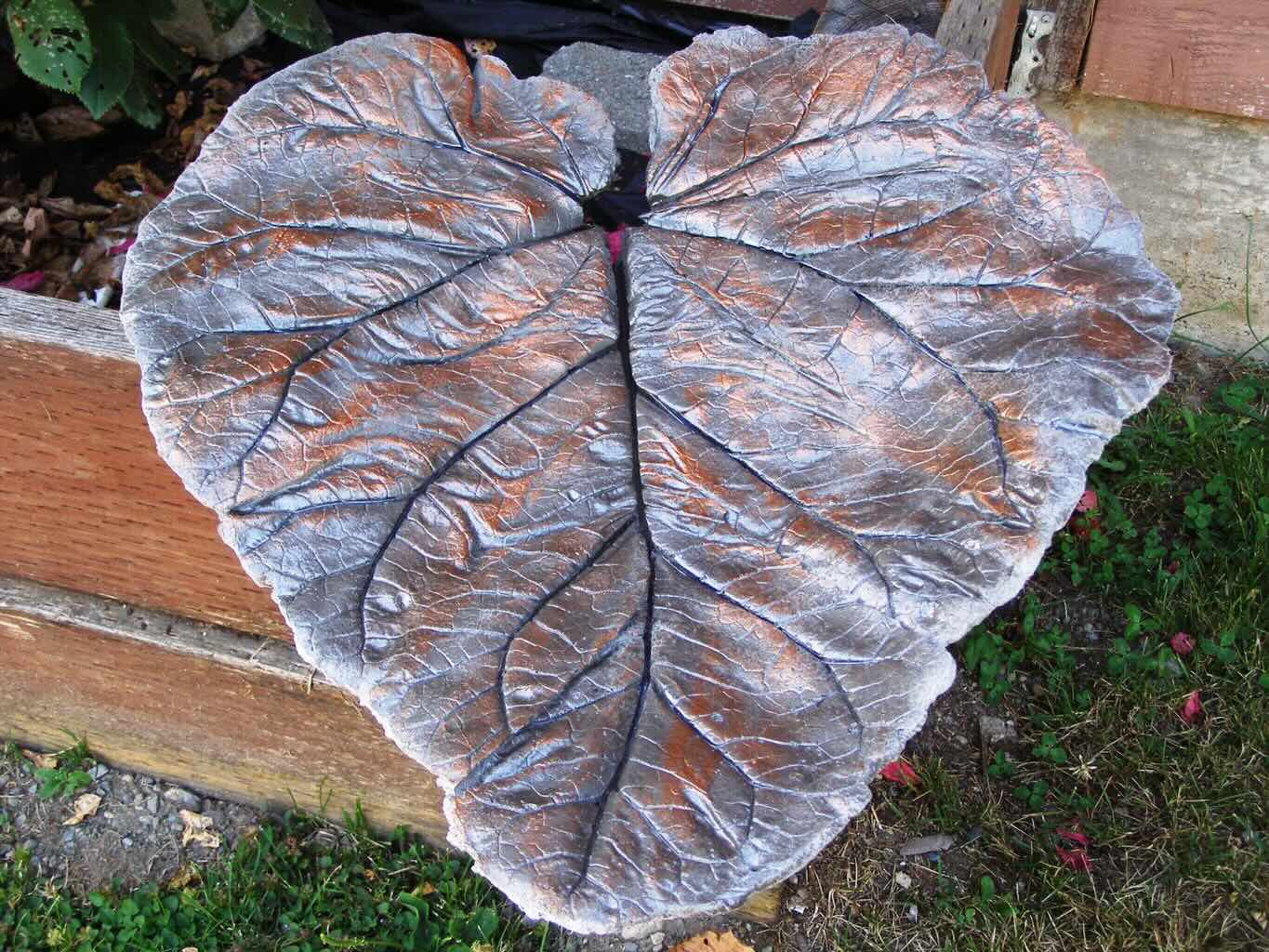

Garden Essentials
How To Use Concrete Leaves In Your Garden Design
Modified: August 17, 2024
Discover how to incorporate concrete leaves into your garden design for a stunning and unique touch. Transform your garden into a tranquil oasis with these simple and creative techniques.
(Many of the links in this article redirect to a specific reviewed product. Your purchase of these products through affiliate links helps to generate commission for Storables.com, at no extra cost. Learn more)
Introduction
Welcome to the wonderful world of garden design! If you’re looking to enhance your outdoor space and add a unique touch, concrete leaves are a fabulous option to consider. These versatile elements can be used in various ways within your garden design, bringing both beauty and functionality to your space.
Concrete leaves are a fantastic alternative to traditional garden decorations. They have a natural and organic look, making them blend seamlessly with the surrounding greenery. From small ornamental leaves to larger leaf-shaped stepping stones, there are endless possibilities for incorporating these beautiful and durable elements into your garden.
In this article, we will explore the many benefits of using concrete leaves in your garden design. We will guide you through the process of choosing the right leaves, creating your own concrete leaves, curing and sealing them, and finally, incorporating them into your garden design. We will also provide tips on maintenance and care to ensure they last for years to come.
So, let’s dive in and discover how to use concrete leaves to elevate the aesthetics and functionality of your garden!
Key Takeaways:
- Concrete leaves offer a natural, durable, and versatile option for garden design, adding beauty and functionality while requiring minimal maintenance. They can be used as stepping stones, wall decorations, birdbaths, planters, and more.
- To incorporate concrete leaves into your garden, carefully select the right leaves, create them using a step-by-step process, and properly cure and seal them. Maintenance involves regular cleaning, inspection for damage, protection from extreme temperatures, and handling with care.
Benefits of Using Concrete Leaves in Garden Design
Using concrete leaves in your garden design offers a plethora of benefits that go beyond mere aesthetics. Here are some of the key advantages:
- Natural and Organic Look: Concrete leaves have a realistic appearance, mimicking the beauty of natural foliage. They seamlessly blend with the surrounding plants and create a harmonious atmosphere in your garden.
- Durability: Concrete leaves are highly durable and long-lasting. They can withstand various weather conditions, including extreme heat and cold, making them a reliable addition to your outdoor space.
- Creative Versatility: Concrete leaves provide endless design possibilities. You can use them as wall ornaments, stepping stones, birdbaths, or even as unique planters. Their versatility allows you to add a personal touch and express your creativity in your garden.
- Low Maintenance: Unlike real leaves, concrete leaves require minimal maintenance. They do not need watering, pruning, or protection from pests. Simply give them a quick rinse or wipe occasionally to remove any debris or dust.
- Year-Round Appeal: Concrete leaves maintain their beauty throughout the year. Unlike live plants that may wither or lose their color during certain seasons, concrete leaves remain vibrant and attractive all year round.
- Customizable Size and Shape: With concrete leaves, you have the freedom to choose the size and shape that suits your garden design. Whether you want small, delicate leaves for a subtle touch or larger leaves as bold statement pieces, you can easily create unique designs tailored to your vision.
- Environmental-Friendly: Opting for concrete leaves promotes sustainability. By using materials that are durable and long-lasting, you reduce the need for frequent replacements, minimizing waste and your ecological footprint.
By incorporating concrete leaves into your garden design, you not only add beauty and charm but also enjoy the many practical benefits they offer. Now, let’s move on to discovering how to select the right leaves for your specific garden needs.
Choosing the Right Leaves for Your Garden
When it comes to choosing the right leaves for your garden, there are a few factors to consider. Here are some helpful tips to help you find the perfect leaves:
- Nature-inspired Selection: Look for leaves that are native to your region or match the existing plants in your garden. This will create a cohesive and natural look.
- Leaf Size and Shape: Consider the size and shape of the leaves you want to create. Smaller leaves are perfect for delicate accents or intricate patterns, while larger leaves can be used as statement pieces or functional stepping stones.
- Leaf Texture: Pay attention to the texture of the leaves. Some leaves have interesting vein patterns that can add depth and visual interest to your garden design.
- Leaf Thickness: Choose leaves that are thick enough to withstand the weight and pressure of being a concrete mold. Thinner leaves may break or warp during the process.
- Leaf Condition: Select leaves that are in good condition without any tears or holes. This will ensure the final concrete leaves are in pristine shape.
- Leaf Varieties: Explore different leaf varieties to add variety and diversity to your garden. Mix and match various shapes and sizes to create a visually appealing design.
- Accessibility: Consider the accessibility of the leaves. Choose leaves that are readily available in your area or from your own garden to make the process more convenient.
Take your time to carefully select the leaves that align with your garden vision. Also, keep in mind that not all leaves are suitable for creating concrete molds. Some leaves may have a high water content, which can affect the quality of the final product. It’s recommended to do some research or consult with a local garden expert if you’re unsure about the compatibility of certain leaves.
Once you have chosen the perfect leaves for your garden, it’s time to move on to the exciting process of creating your own concrete leaves. We will guide you through the step-by-step process in the next section.
Creating Concrete Leaves Step by Step
Creating your own concrete leaves is a fun and rewarding process that allows you to personalize your garden design. Follow these step-by-step instructions to create stunning concrete leaves:
- Gather Materials: Collect all the necessary materials, including concrete mix, water, a large container for mixing, a trowel, gloves, a release agent (such as cooking spray or vegetable oil), a paintbrush, and of course, the leaves you have chosen.
- Mix the Concrete: In the large container, combine the concrete mix with water according to the instructions on the packaging. Mix thoroughly until you achieve a thick, but pourable consistency.
- Prep the Leaves: Lightly coat the underside of the leaves with the release agent using the paintbrush. This will help prevent the concrete from sticking to the leaves and make it easier to remove them later.
- Apply the Concrete: Place the coated leaves on a flat surface with the veined side facing up. Carefully pour the mixed concrete onto the leaves, making sure to cover the entire surface evenly and maintain a thickness of about 1-2 inches.
- Smooth the Surface: Use a trowel to gently smooth out the surface of the concrete, ensuring it reaches all the edges and corners of the leaf. Pay attention to the details to capture the intricate texture of the leaf.
- Let it Cure: Allow the concrete to cure and dry for at least 24 to 48 hours. This will ensure that the concrete is fully set and ready for the next steps.
- Remove the Leaf Mold: Once the concrete is completely dry, carefully peel off the leaf from the concrete mold. Start from one edge and gently work your way across. If the leaf is sticking, you can use a soft brush or water to help loosen it.
- Finishing Touches: Use sandpaper or a grinding stone to smooth any rough edges or imperfections on the concrete leaf. You can also add additional details, such as painting the veins or adding a concrete sealant for protection.
- Repeat the Process: Continue creating concrete leaves with different shapes and sizes, following the same steps, until you have enough to incorporate into your garden design.
Remember to work in a well-ventilated area and wear protective gloves during the entire process to ensure your safety. Once you have created your concrete leaves, it’s time to move on to the next stage – curing and sealing them to ensure their longevity.
When using concrete leaves in your garden design, make sure to seal them with a waterproof sealant to protect them from the elements and extend their lifespan.
Curing and Sealing Concrete Leaves
After creating your concrete leaves, it’s important to properly cure and seal them to ensure their durability and longevity in your garden. Follow these steps to effectively cure and seal your concrete leaves:
- Curing: After the concrete leaves have dried for 24 to 48 hours, move them to a covered area or a shaded spot to protect them from direct sunlight. This will prevent rapid moisture evaporation and help achieve a stronger and more durable final product. Let the leaves cure for an additional 3 to 7 days, periodically misting them with water to ensure hydration.
- Sealing: Once the concrete leaves have fully cured, it’s time to apply a concrete sealer. Choose a sealant specifically designed for outdoor use to protect the leaves from moisture, UV rays, and other environmental elements. Follow the instructions on the sealant’s packaging for the best results. Use a paintbrush or a spray applicator to evenly coat the surface of the leaves with the sealant. Allow the sealant to dry completely before handling or placing them in the garden.
- Repeat the Process: Depending on the type of sealant used and the level of protection desired, it may be necessary to apply multiple coats of sealant. Follow the manufacturer’s recommendations for the number of coats and the drying time between each coat.
- Maintenance: Regularly inspect your concrete leaves for any signs of wear or damage. If you notice any cracks or chips, it’s important to repair them promptly to prevent further deterioration. Clean the leaves periodically by gently rinsing them with water or using a soft brush to remove dirt and debris.
- Protective Covering: During harsh winter months or extreme weather conditions, it’s advisable to provide additional protection to your concrete leaves. Cover them or store them indoors to prevent any potential damage from freezing temperatures or excessive moisture.
Properly curing and sealing your concrete leaves will not only enhance their appearance but also extend their lifespan, allowing you to enjoy their beauty and functionality for years to come. Now that you have completed the curing and sealing process, let’s explore how to incorporate concrete leaves into your garden design.
Incorporating Concrete Leaves into Your Garden Design
Now that you have beautifully crafted and cured concrete leaves, it’s time to showcase them in your garden design. Here are some inspiring ideas for incorporating concrete leaves into your outdoor space:
- Stepping Stones: Use larger concrete leaves as stepping stones, creating an enchanting pathway through your garden. Their natural shape and texture will add a whimsical touch to your outdoor space.
- Wall Decorations: Mount concrete leaves on a garden wall or fence to create a striking focal point. Arrange them in an artful manner to add dimension and visual interest to an otherwise plain surface.
- Birdbaths: Turn a concrete leaf into a unique and functional birdbath by placing it on a pedestal or in a shallow basin. Fill the leaf with water, and watch as birds come to drink and bathe.
- Planters: Convert concrete leaves into stunning planters by adding soil and your favorite plants. Use smaller leaves as individual planters or group several leaves together to create a captivating arrangement.
- Water Features: Transform concrete leaves into beautiful water features by incorporating them into a pond or fountain. The water cascading over the leaves will create a soothing and mesmerizing element in your garden.
- Garden Accents: Scatter smaller concrete leaves throughout your garden beds as accents. They will blend seamlessly with the surrounding foliage, adding a touch of elegance and charm.
- Tabletop Decorations: Use smaller concrete leaves as unique table centerpieces or place them on a side table for added interest. Pair them with candles or other decorative items to create a captivating display.
Experiment with different placements and combinations to find the perfect arrangement that complements your garden design. Remember to consider the size, shape, and color of the leaves for a cohesive and harmonious look. Be creative and have fun as you explore the endless possibilities of incorporating concrete leaves into your garden.
Now that you’ve learned various ways to incorporate concrete leaves into your garden, it’s essential to know how to maintain and care for them to ensure their long-lasting beauty and functionality.
Maintenance and Care for Concrete Leaves
While concrete leaves are durable and low-maintenance, a little care goes a long way in preserving their beauty and integrity. Follow these maintenance and care tips to ensure your concrete leaves remain in excellent condition:
- Cleaning: Regularly clean your concrete leaves to remove dirt, dust, and debris. Gently rinse them with water or use a soft brush to sweep away any buildup. Avoid using harsh chemicals or abrasive cleaners that could damage the surface of the leaves.
- Inspect for Damage: Periodically inspect your concrete leaves for any signs of damage, such as cracks or chips. Address any issues promptly to prevent further deterioration. You can repair minor cracks with concrete patching compound and smooth out any rough edges with sandpaper.
- Protect from Extreme Temperatures: During freezing temperatures or extreme weather conditions, it’s advisable to protect your concrete leaves. Consider covering them or moving them indoors to shield them from potential damage caused by cold or excessive moisture.
- Sealant Maintenance: Over time, the sealant on your concrete leaves may wear off. It’s a good idea to reapply a concrete sealant every few years to ensure they remain protected from the elements. Follow the manufacturer’s instructions for application and drying time.
- Seasonal Changes: Pay attention to seasonal changes and adjust your care routine accordingly. In the fall, remove fallen leaves and debris to prevent buildup and potential staining. During hot summer months, consider providing shade or placing your concrete leaves in areas that receive less direct sunlight.
- Handling with Care: When moving or repositioning your concrete leaves, handle them with care to minimize the risk of damage. Avoid placing excessive weight on them or dropping them onto hard surfaces.
- Regular Maintenance: Incorporate your concrete leaves into your regular garden maintenance routine. Keep the surrounding area tidy, remove weeds, and trim nearby plants as needed. This will not only enhance the overall appearance of your garden but also prevent any potential damage to the leaves.
By following these maintenance and care tips, you’ll ensure that your concrete leaves remain resilient, beautiful, and a delightful addition to your garden for years to come. Remember, a little attention and care will go a long way in preserving their natural allure.
Congratulations! You now possess the knowledge and guidance necessary to use concrete leaves effectively in your garden design. With their natural beauty and versatility, concrete leaves will undoubtedly elevate the aesthetics and functionality of your outdoor space. So go ahead and let your creativity flourish as you embark on this exciting journey of incorporating concrete leaves into your garden!
Conclusion
Incorporating concrete leaves into your garden design is a fantastic way to add a unique and natural touch to your outdoor space. With their realistic appearance, durability, and creative versatility, concrete leaves offer numerous benefits that will enhance the aesthetics and functionality of your garden.
We have explored the many advantages of using concrete leaves, such as their natural and organic look, durability, creative versatility, low maintenance, year-round appeal, customizability, and environmental sustainability. By choosing the right leaves and following the step-by-step process of creating and curing them, you can bring your vision to life and transform your garden into a captivating oasis.
Remember to properly cure and seal your concrete leaves to ensure their longevity. Incorporate them into your garden design in various ways, such as stepping stones, wall decorations, birdbaths, planters, water features, and more. Let your creativity flow and experiment with different placements and combinations to achieve a cohesive and harmonious look.
Maintaining and caring for your concrete leaves is straightforward. Regular cleaning, inspecting for damage, protecting from extreme temperatures, maintaining the sealant, and handling with care will keep your concrete leaves looking beautiful and ensure their longevity in your garden.
As you embark on this journey of incorporating concrete leaves into your garden, enjoy the process and let your creativity flourish. The natural allure and durability of concrete leaves will leave a lasting impression on both you and your garden visitors, creating a captivating outdoor space that is both inviting and inspiring.
So go ahead and unleash your creativity! Use concrete leaves to transform your garden and create a space that is uniquely yours. Whether you choose to make stepping stones, wall decorations, birdbaths, or planters, your garden will reflect your personal style and become a haven of tranquility and beauty.
Get ready to embark on this exciting adventure and watch as your garden comes to life with the timeless elegance of concrete leaves!
Frequently Asked Questions about How To Use Concrete Leaves In Your Garden Design
Was this page helpful?
At Storables.com, we guarantee accurate and reliable information. Our content, validated by Expert Board Contributors, is crafted following stringent Editorial Policies. We're committed to providing you with well-researched, expert-backed insights for all your informational needs.

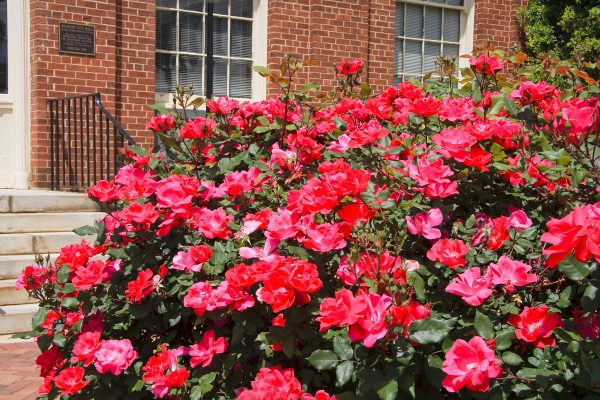

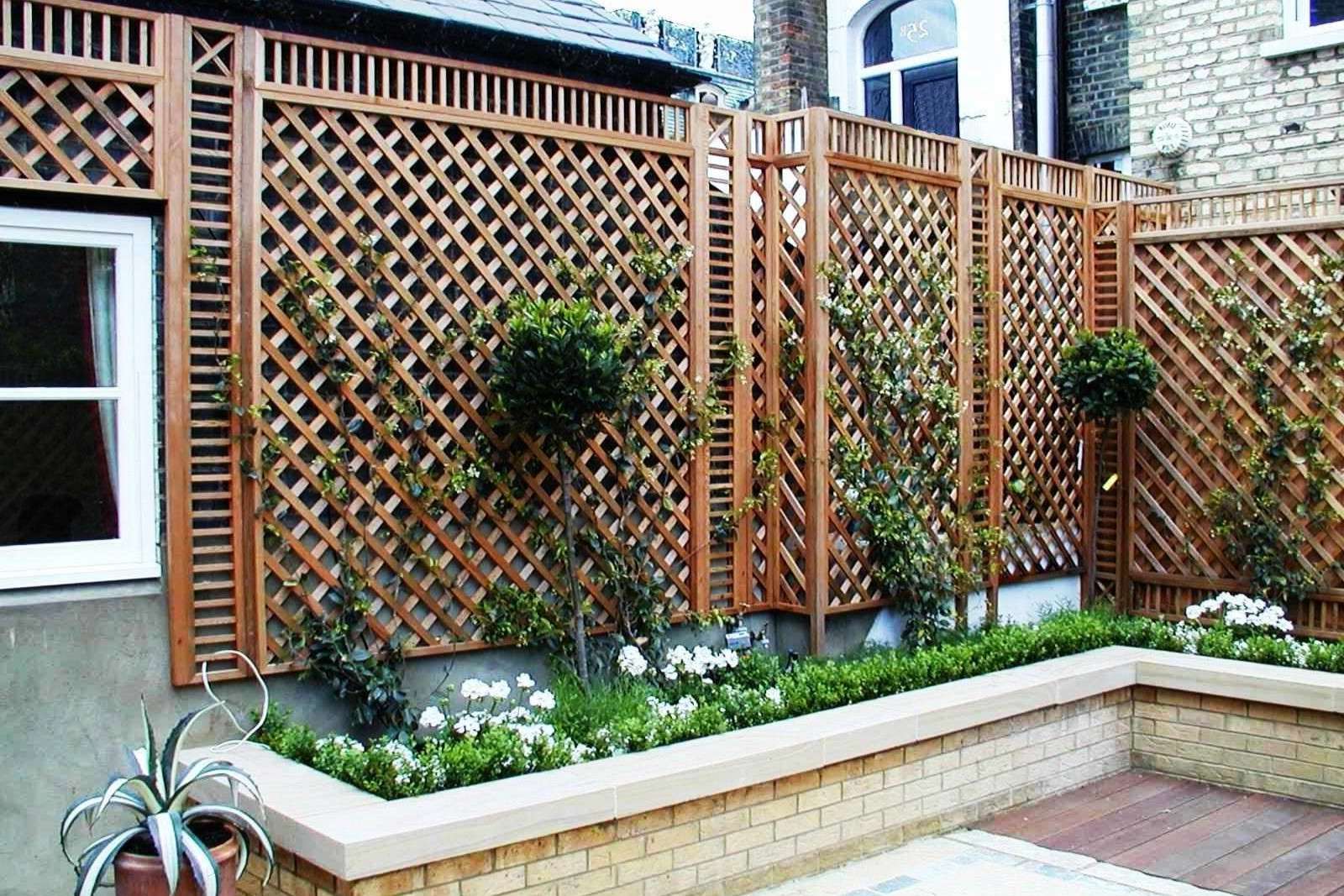
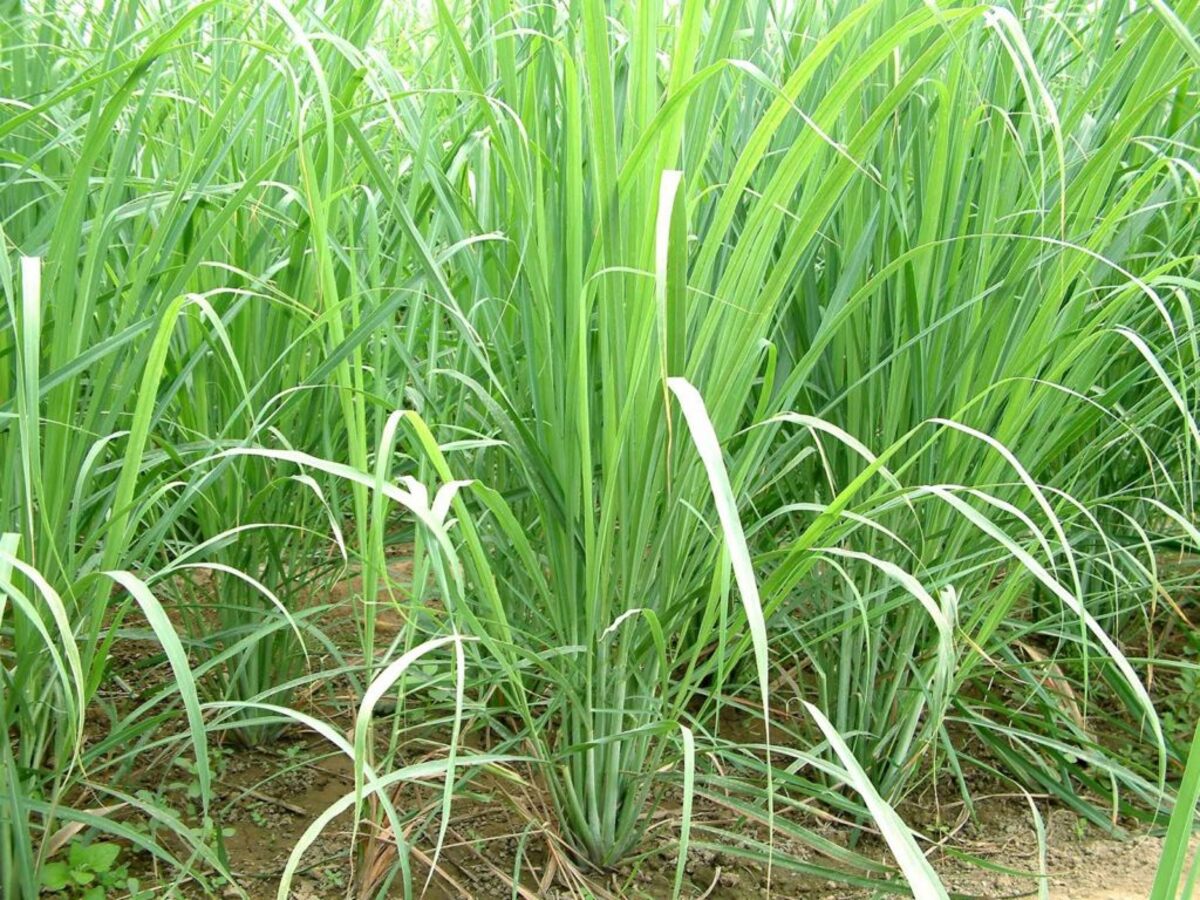
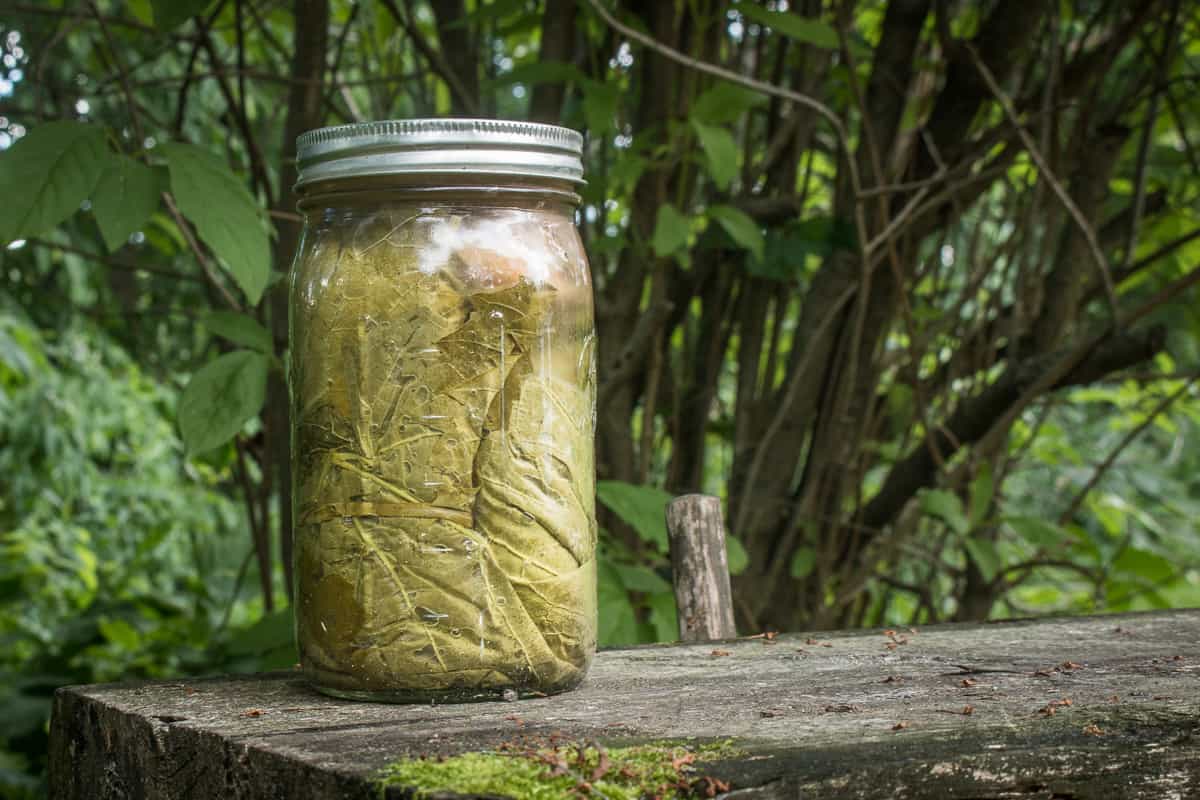
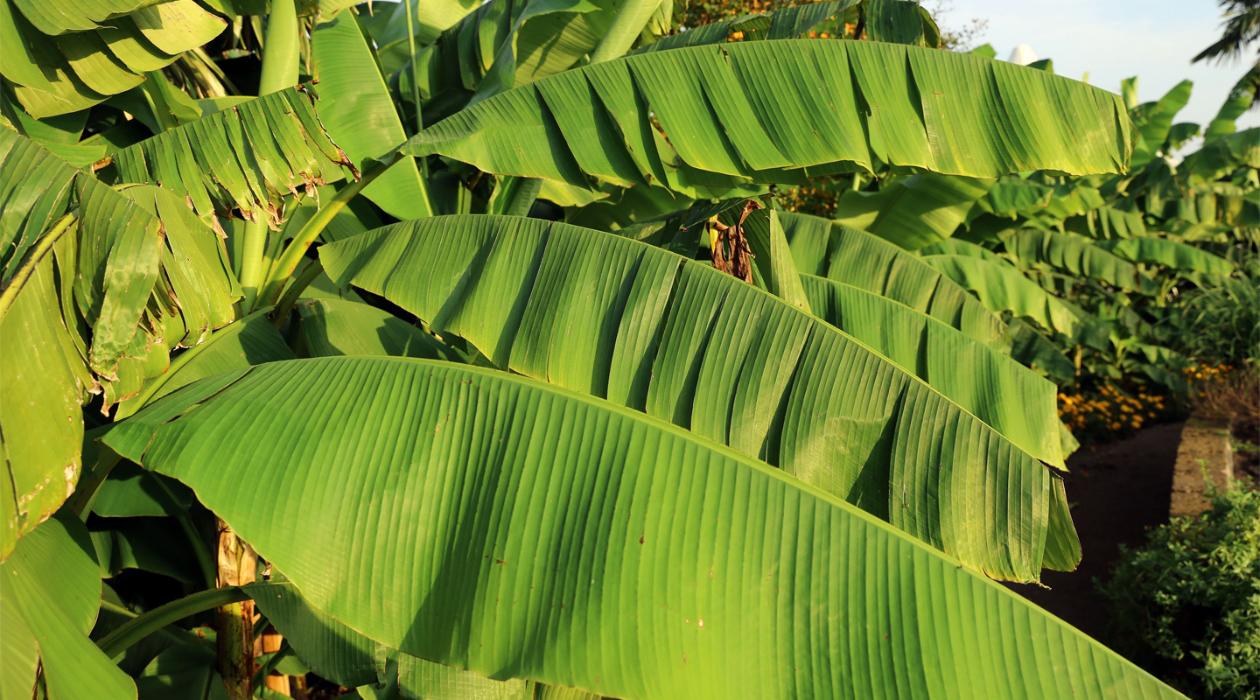

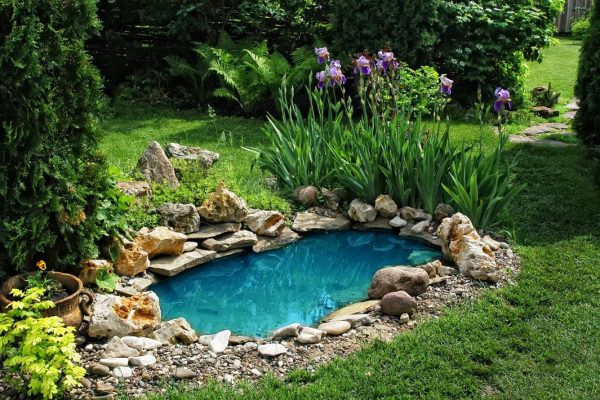
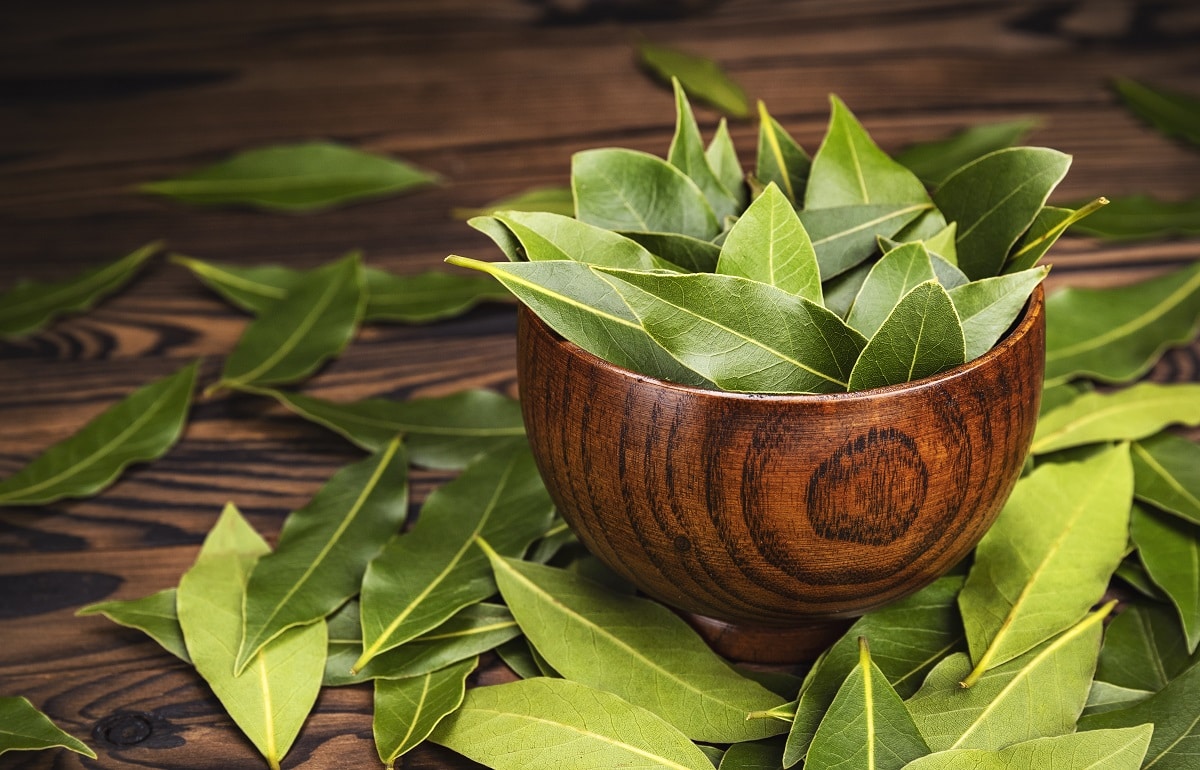
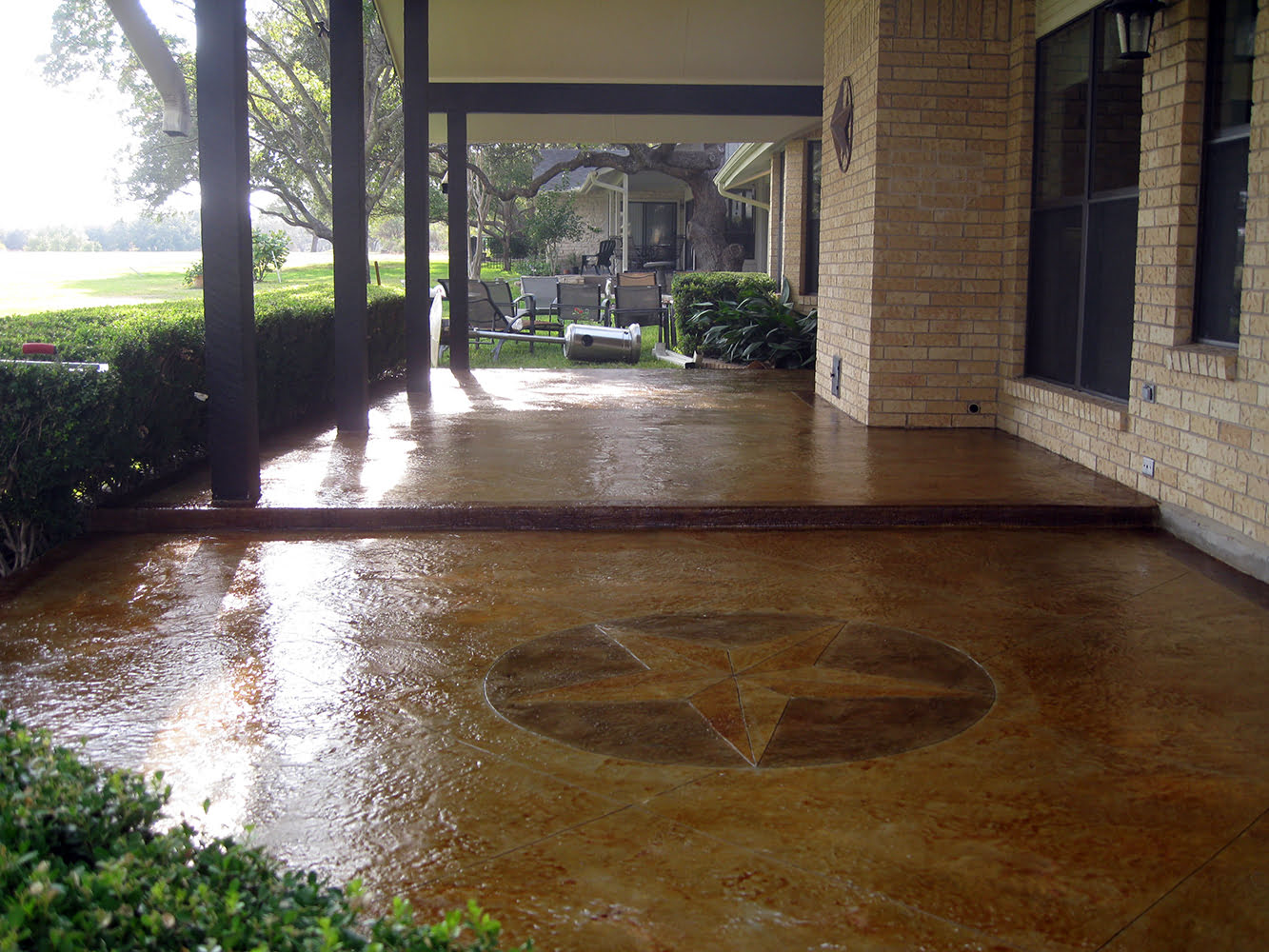

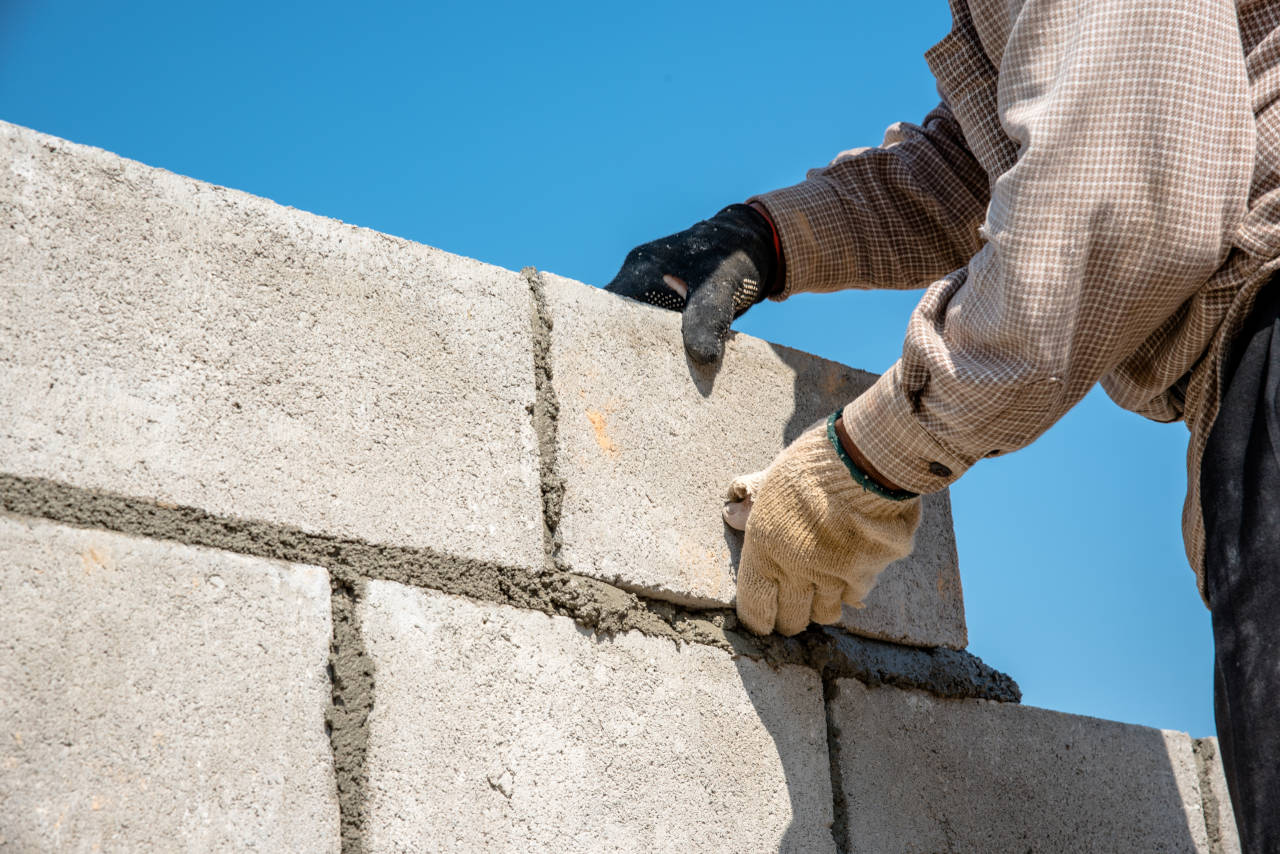
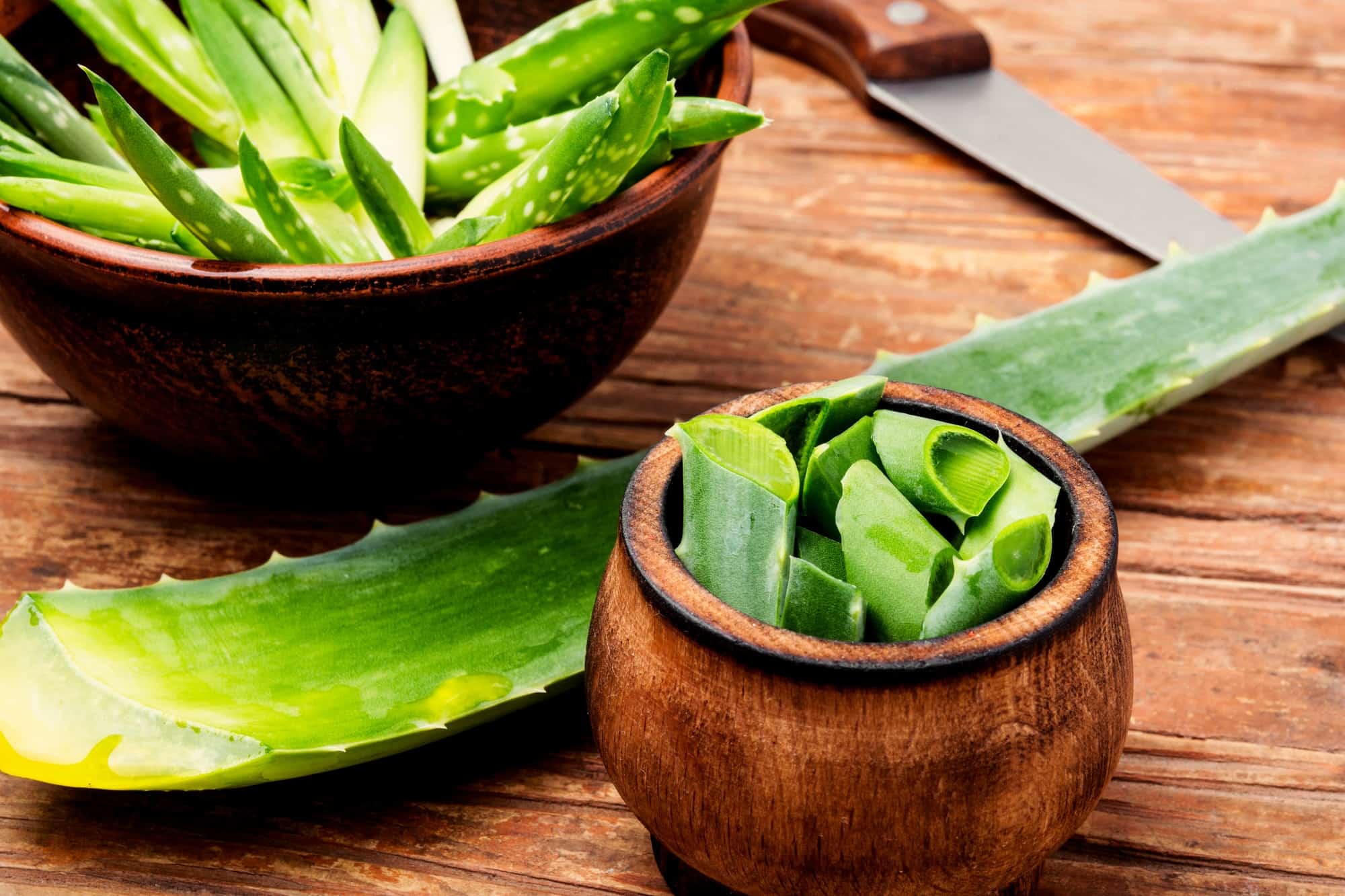

0 thoughts on “How To Use Concrete Leaves In Your Garden Design”